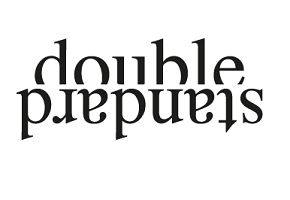The real patrimony of this beautiful isle is the land bequeathed to its citizens from generation to generation. The land provides fertile ground for sugar, coffee, cocoa, pimento, ackee, domestic food crops and others.
The land provides the mineral wealth of the country — bauxite, limestone, gypsum, and aggregates. The land along with our beaches and rivers provides the bedrock of our tourism industry. The land, this real patrimony, is a wasting asset. Bauxite, limestone, gypsum and other minerals when extracted from the land are gone forever. The land used in agriculture will become a wasted asset if appropriate and sufficient crop rotation and other modern agricultural practices are not utilised by our farmers to ensure that the land remains fertile with all of its necessary nutrients and does not become barren and unusable. Without the utilisation of sustainable environmental practices, our beaches have been and continue to be eroded, destroying an essential part of our tourism experience as presently configured.
In order to ensure that generations of its citizens not yet dreamt of will have a patrimony, smart, sensible countries establish sovereign wealth funds. These countries, by whatever nomenclature that is given to the fund, harvest, put away, save and invest a designated part of the proceeds from non-renewable mineral and other assets for the benefit of posterity. In other words, a portion of the monies earned from these assets is saved and invested to constitute the patrimony for future generations. The world’s five largest sovereign wealth funds and their total assets as at September 2017 were:
- The Government Pension Fund Global — Norway US$1 trillion
- The Abu Dhabi Investment Authority — Abu Dhabi US$2 billion.
- The China Investment Corporation —China US$13.5 billion
- The Kuwait investment Authority — Kuwait US$5244 billion.
- SAMA Foreign Holdings — Saudi Arabia.US$514 billion
Despite its name the Norwegian Fund is not a pension fund in the strict sense. At its establishment it was known as the Petroleum Fund of Norway. It was the vehicle used by Norway to save and invest a portion of its income from North Sea oil. The Kuwait Fund is the oldest of the five largest funds, having been established in 1953. The Chinese Fund was only established in 2007.
Jamaica has a sovereign wealth fund. It is the Capital Development Fund (CDF). It was established in 1974 by an Act of Parliament known as the Bauxite (Production Levy) Act. It was one of the signature pieces of legislation during the first Michael Manley Government of 1972-1976. Section 12 1) and (3) of the Act are as follows:
12.-(1) There is hereby established a Fund, to be called the The Capital Development Fund (in this section referred to as “the Fund’).
(3) All sums received as payment of production levy under this Act and all other income from the assets of the Fund shall be paid into the Fund.”
The Government of Jamaica is mandated to pay sums received by the bauxite production levy into our sovereign wealth fund. The country fought and paid a high price to extract the bauxite production levy from the bauxite and alumina companies operating in Jamaica. These companies, though reluctant, have paid the production levy into the fund.
Forty-three years later, the Fund ought to be a substantial one, enuring for the benefit of future generations of Jamaicans not yet born. Despite the billions of Jamaican dollars that have been paid into the Fund, the amount currently in the Fund is negligible compared to all that has passed through it.
Parliament, over the years, has regularly approved withdrawals from the Fund to meet the expenditure requirements of successive administrations.
Where is our patrimony?


